Before you start designing your website, it’s important to have a basic understanding of SEO principles. Take some time to learn about keywords, meta tags, site structure, user experience, and other key factors that influence how search engines rank websites.
By familiarizing yourself with these fundamentals, you’ll be able to optimize your website to perform better in search engine results. This will ultimately lead to increased visibility and more organic traffic.
How to create SEO-Friendly Design
Let’s take a look at 10 important things you should know as a designer when creating a website that concentrates on search engine optimization.
1) Conduct Keyword Research
Keywords are like building blocks for SEO, helping your website stand out in search engine results. To make it user-friendly, start by conducting comprehensive keyword research. This way, you’ll discover the exact terms and phrases your target audience is using when searching online.
Once you have a good list, seamlessly integrate these keywords into your website’s content, headings, and meta tags. By doing so, you’ll enhance your website’s visibility in search engine rankings. Remember, the key is to incorporate keywords naturally, without overdoing it or sacrificing the quality of your content.
2) Optimize Website Speed
The speed at which your website loads is incredibly important for its ranking in search engines. To ensure a fast-loading site, there are a few key steps you can take. First, focus on minimizing file sizes by optimizing images and compressing files. This helps reduce the time it takes for your website to load.
Additionally, leverage caching techniques to store certain elements of your website so that they load more quickly for returning visitors. Lastly, make sure to use efficient coding practices to ensure that your website’s code is streamlined and doesn’t slow down the loading process.
3) Pay Attention to Site Structure
A well-organized site structure helps search engines crawl and index your website more effectively. Use clear navigation menus, logical hierarchical structures, and internal linking to ensure that every page on your website is easily discoverable by both search engines and users.
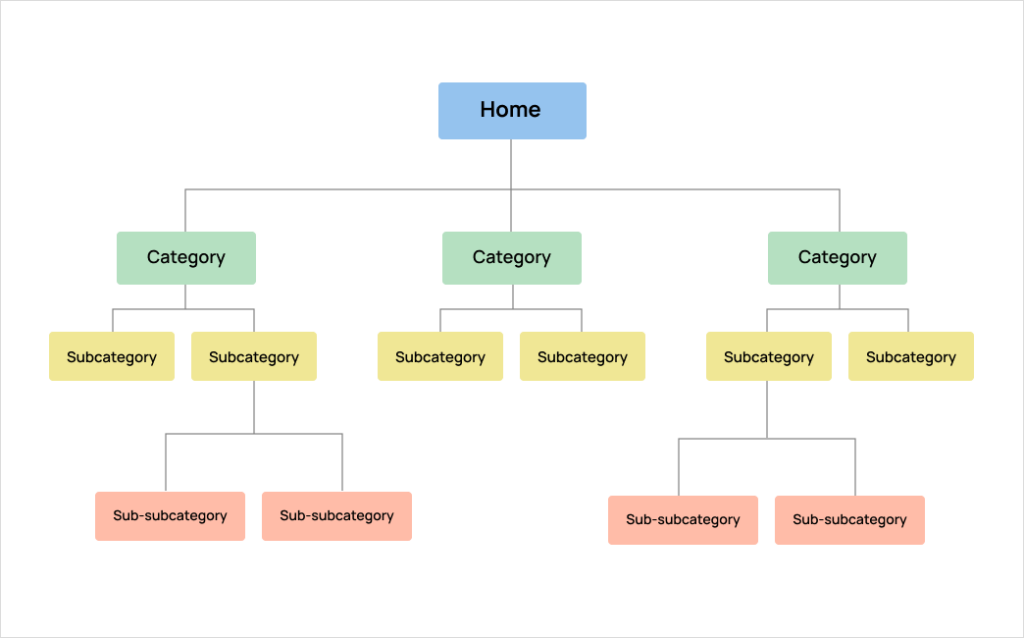
4) Create SEO-Friendly URLs
It is important that you create clear and descriptive URLs for every page of your website when you are designing it. You should avoid using complicated URLs that are filled with numbers or random characters. Instead, aim for URLs that are easy to understand.
By doing so, you not only improve your website’s visibility in search engine results but also make it easier for users to grasp what the page is about just by looking at the URL.
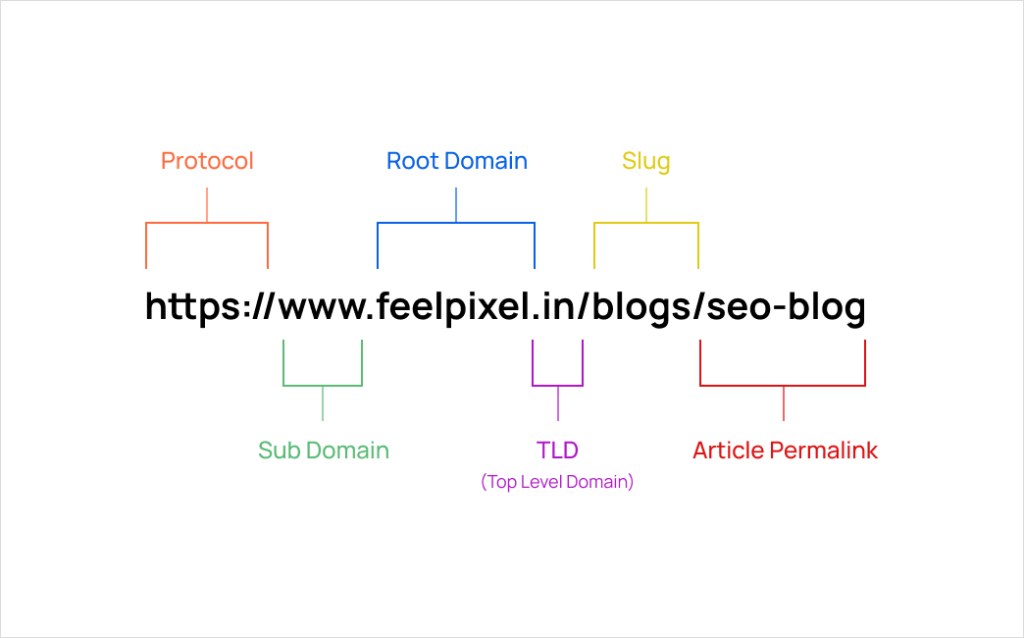
5) Integrate Social Media Sharing
Social media signals can have an indirect influence on your website’s search rankings. To leverage this, it’s a good idea to incorporate social media sharing buttons into your website’s design.
By doing so, you make it easy for users to share your valuable content across different social media platforms. This encourages more people to discover and engage with your content, which can result in increased visibility for your website.
6) Use Heading Tags Properly
To structure your content effectively, it’s essential to use heading tags like H1, H2, H3, and so on. These tags help organize your content hierarchy and make it easier for search engines to comprehend the significance of different sections. When using headings in your writing, you should ensure that your primary keyword is included in the main heading (H1).
By incorporating these heading tags, you create a user-friendly format that both search engines and readers can easily navigate and understand.
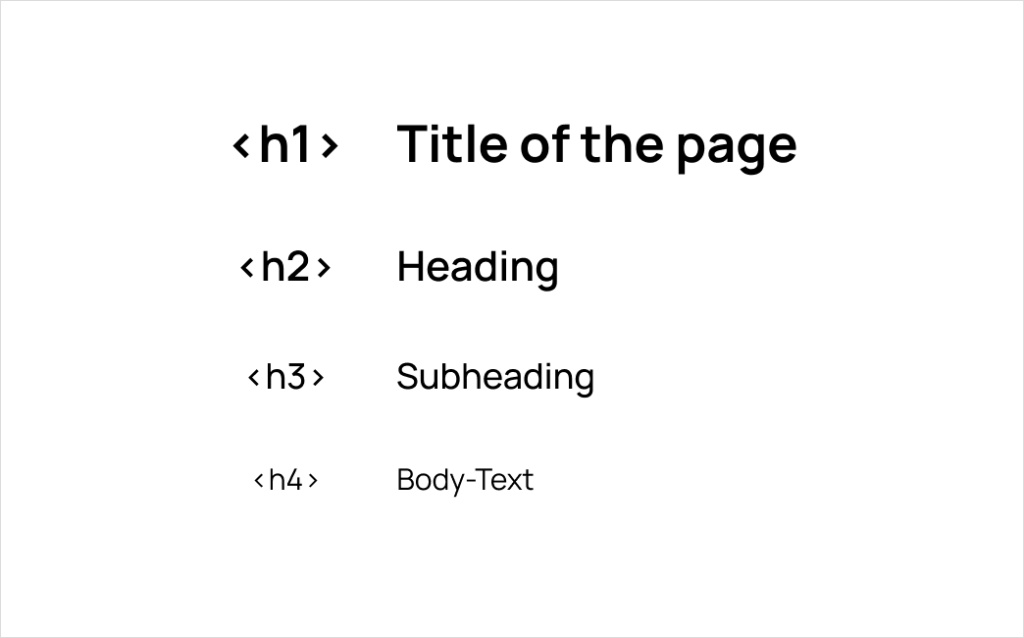
7) Optimize Meta Tags
When it comes to optimizing your website, it’s important to create captivating meta titles and meta descriptions for each page. These tags appear in search engine results and play a crucial role in attracting users to click on your website. To make them user-friendly, include relevant keywords in these tags.
In this way, you increase the probability that your website will appear in relevant searches, thus improving the likelihood that people will click on it.
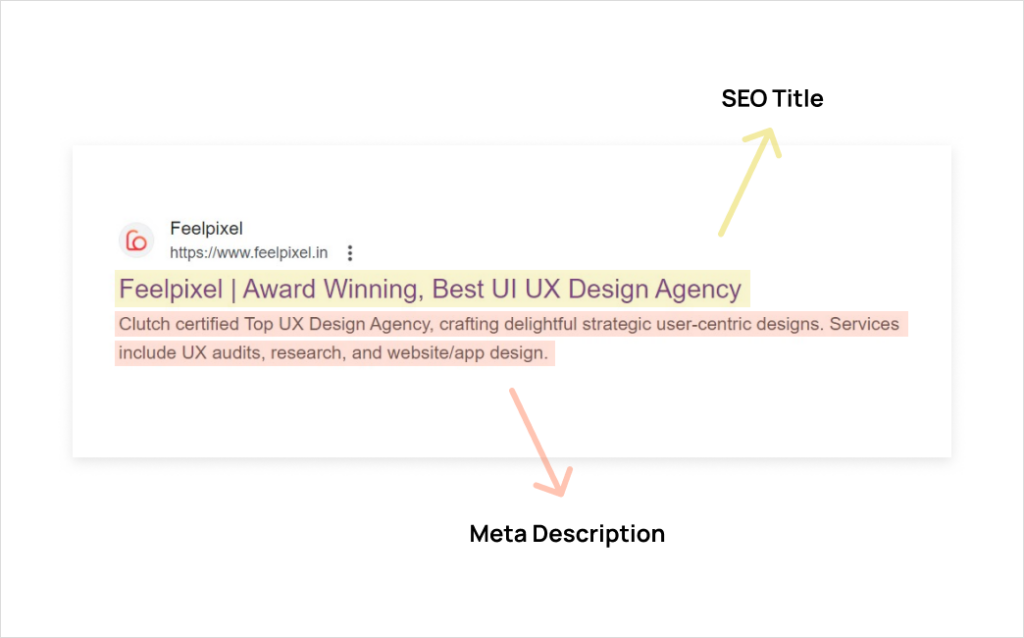
8) Build Internal and External Links
To enhance the structure and visibility of your website, it’s important to include internal and external links strategically. Internal links create logical connections between related pages within your website, making it easier for users to navigate and discover relevant content.
On other external links, also known as backlinks, from reputable websites can significantly improve your website’s authority and search engine ranking. Seek out opportunities to collaborate or contribute to authoritative sources within your industry to earn valuable backlinks.
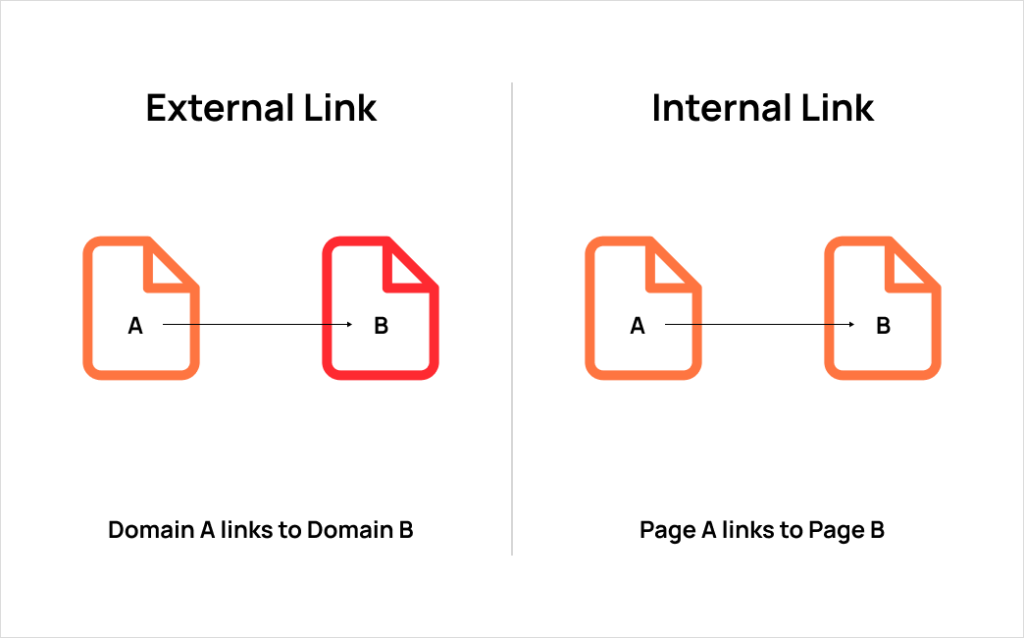
9) Stay updated with SEO Trends
SEO is a constantly evolving field. Stay updated with the latest SEO trends, algorithm changes, and best practices to ensure that your website remains optimized for search engines.
By actively participating in discussions, reading industry insights, and connecting with experts, you can gain valuable knowledge and insights that help you refine your SEO strategies.
10) Monitor and Analyze SEO Performance
After launching your website, ongoing monitoring of its SEO performance is essential. This involves regularly tracking key metrics using web analytics tools such as Google Analytics.
With the help of these tools, you are able to get information about a variety of important factors, such as organic traffic, bounce rates, keyword rankings, and user behavior.
Conclusion:
Understanding the fundamentals of SEO is essential for designers when creating websites.
By incorporating the ten essential points discussed in this blog, designers can navigate SEO world with confidence. This will ensure that their designs align with both aesthetic and optimization requirements.